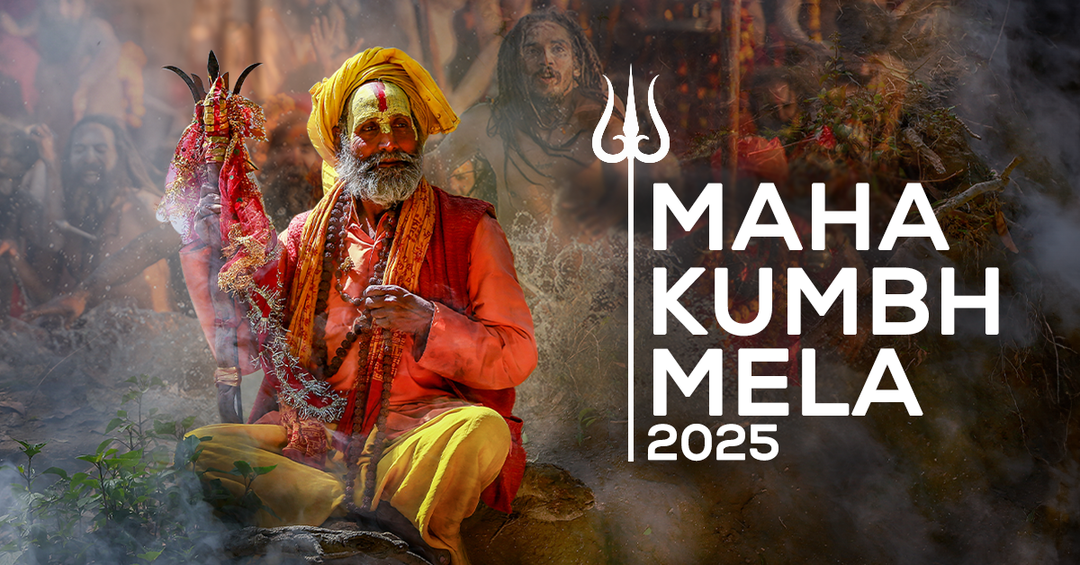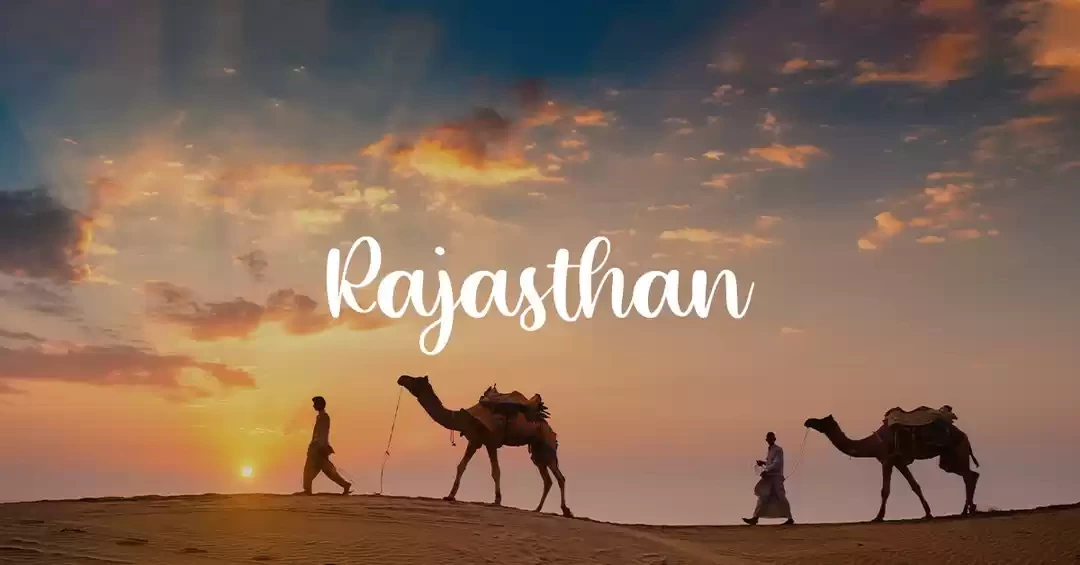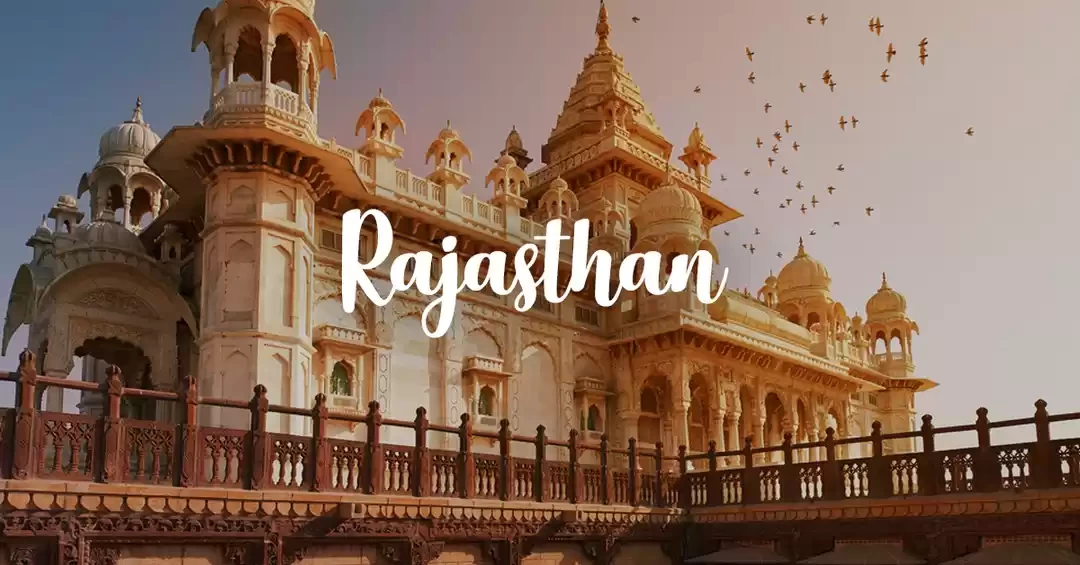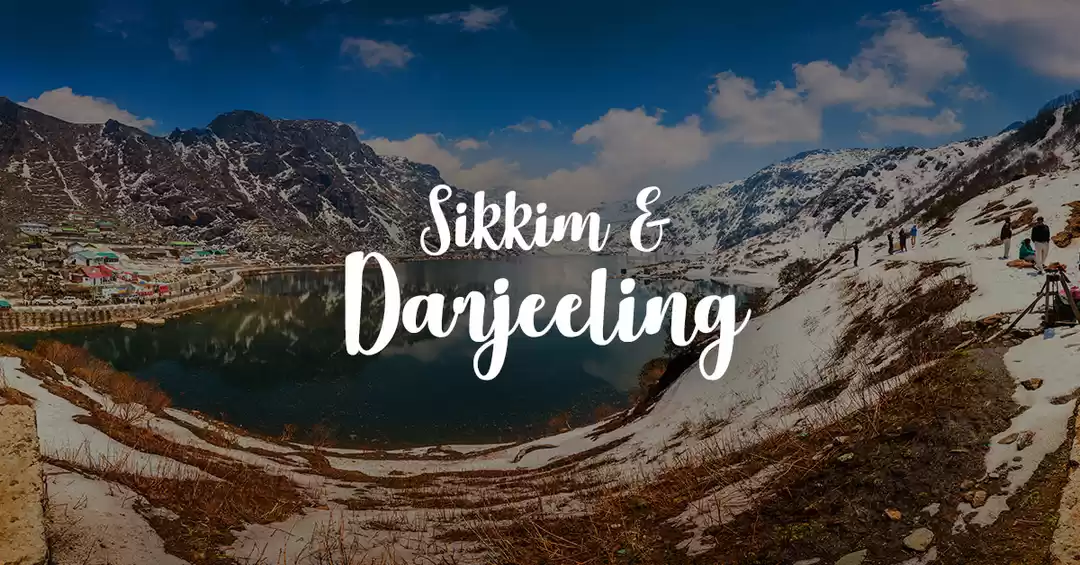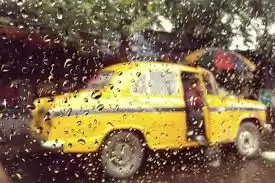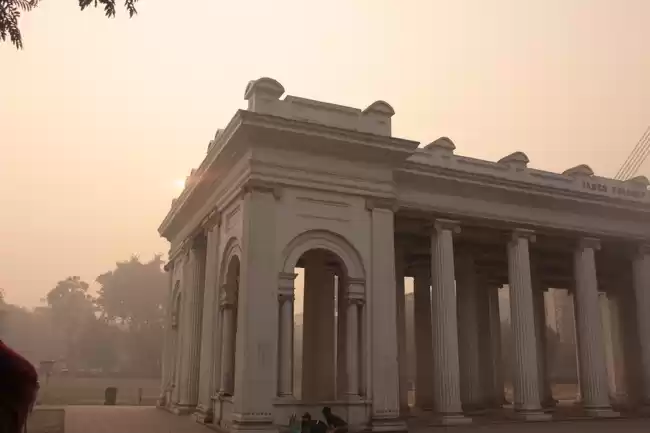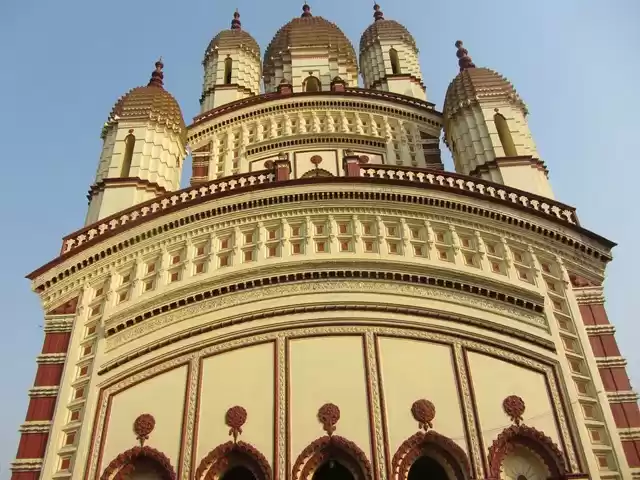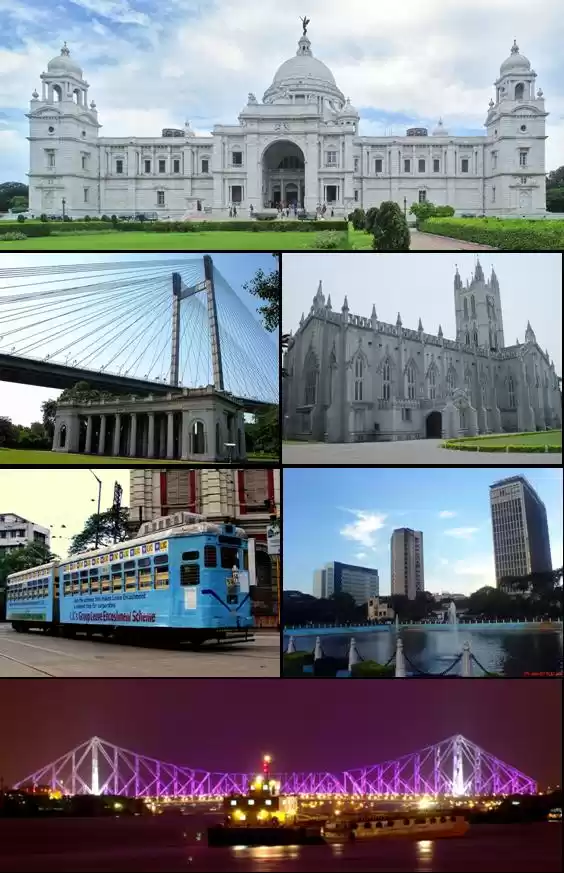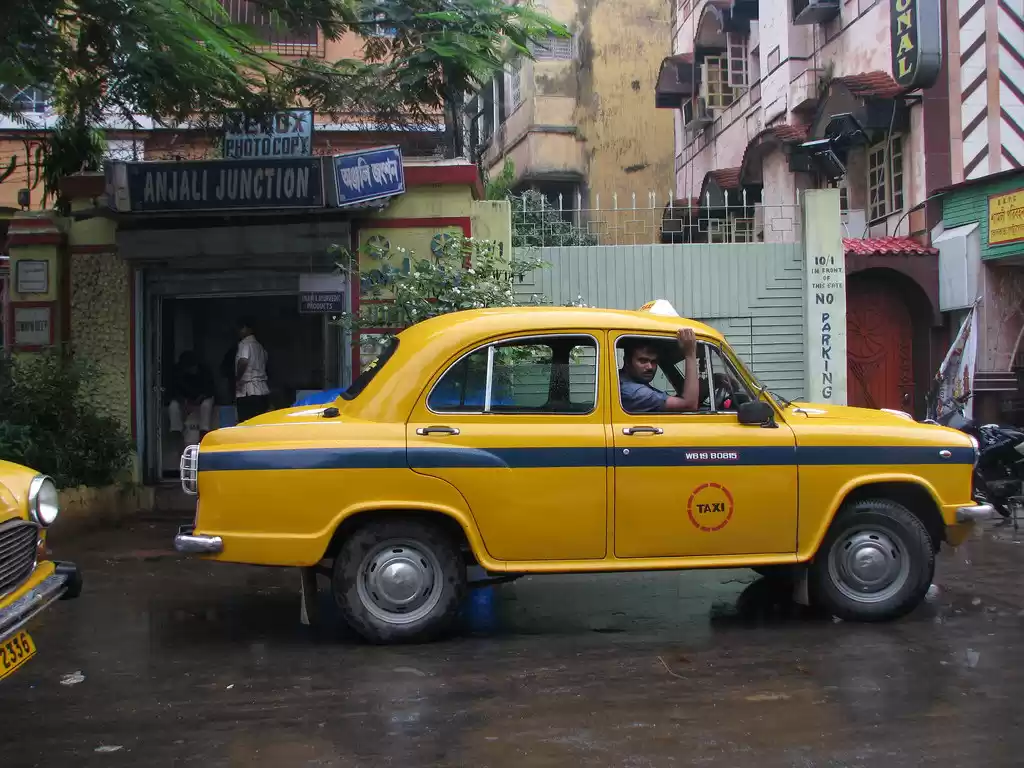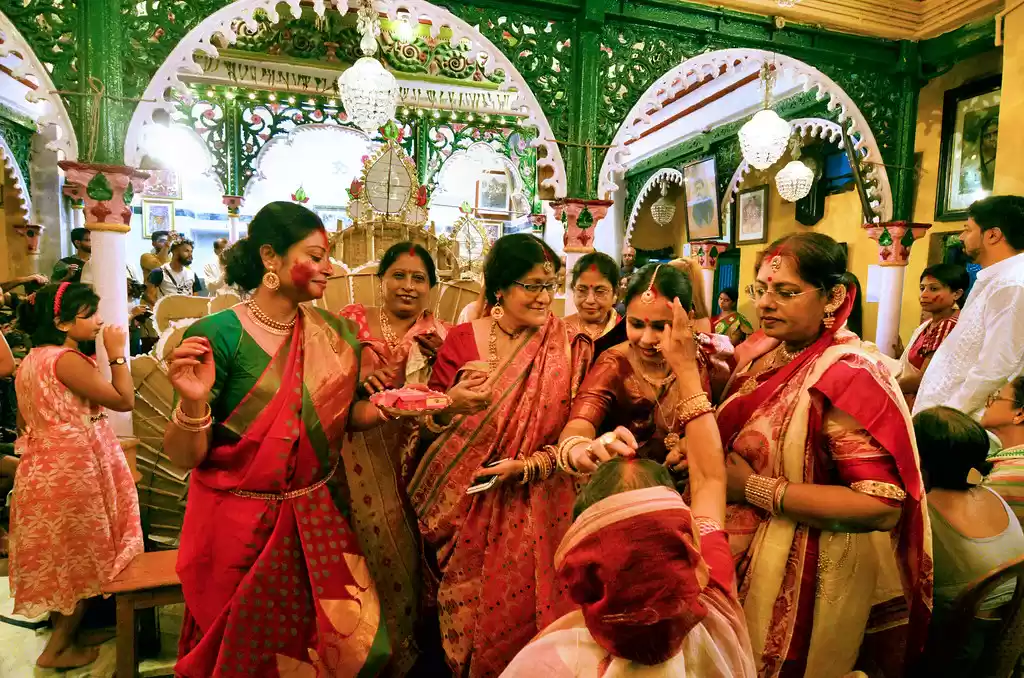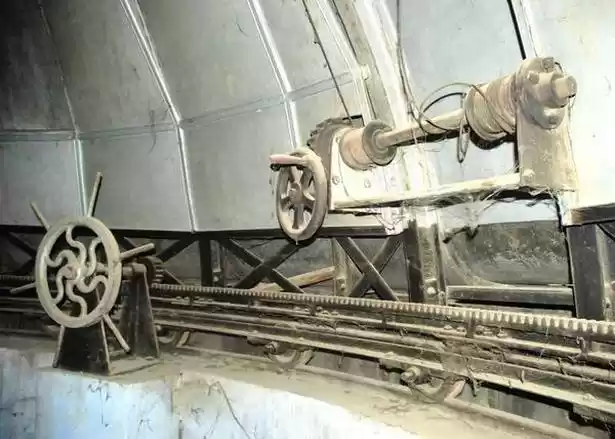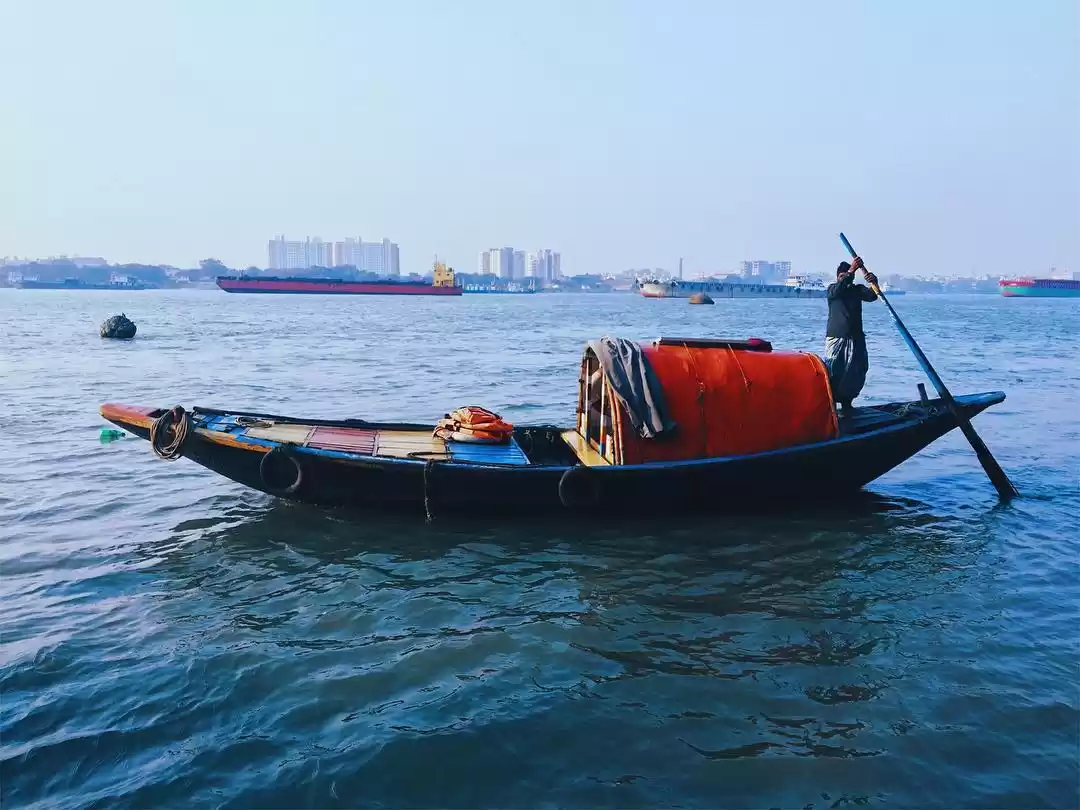
Calcutta, now known as Kolkata, is a festival called life. From the morsel of its germination, the city has been a seed of emotion to celebrate the vision of human imagination. Calcutta, as the sentiment evokes – has been an idea that sheltered the engineering of the finest and first modern city in Asia, and the second city of the British Empire. Blossomed in the world’s largest delta, this place has been a sensation to the European seafarers to envision it as the capital of British India. As the long chain of English settlement concluded, Job Charnock evolved his imagination, with the first of those, to have the visionary transcendence of fortifying this land by the Ganges, to a modern city. In time, the then inhospitable stretch of the Ganges – locally known as River Hooghly, transformed three adjacent villages to the cultural and intellectual capital of India in perpetuity.
The spirit of the time that put Calcutta in the maps of the modern cities still hangs in its ambiance – in the most reluctant way. As you make your headway, through the subtle yet imposing streets, the dwelling witnesses of the heritage era will hug you around, from over your shoulders. Also adorned, as Tilottama by its dwellers, with all her riches and plights, she is a beauty, where beyond the images of human sufferings, the spruce Bengali aristocracy will charm your day. This city will absorb you in experiencing its mild and fruity tang of Bengali cuisines that is worth savoring in a day of potpourri. It’s a frequent grandeur, to cherish the old gentlemen’s clubs, bid in India’s largest race turf, or enjoy a siesta in India’s finest golf course.
“Calcutta is the splendid, cacophonic, refined and desperate spirit that breathes” in the blend of its heritage designs, fine living & dining, streets bubbling with life, spiritual sites of Bengali renaissance, engineering marvels from the dawn of modern time and spurt of the new generation & infrastructure in the cradles of its colonial and traditional past. As you tread through the dusky beauty that grew from the villages of Sutanuti, Govindpore, and Kalikata, which used to stretch from the present day Coolie Bazaar, Prinsep’s Ghat on south to Jora Bagan Ghat, Chitpore towards the north, time will reveal itself in the spirit of the city that whispers its mythos of two millennia.
Lay your hands on Colonel Mark Wood’s Map of 1784 to trace the fabric of this landscape that coordinates Govindpore at the Govindpore Creek, high on the riverbank in the deep woods of Tolly’s Nullah. Otherwise revered as the Adi Ganga, this very ravine had glided down the English settlers to the places of the city, where Calcutta now stands. Before the metamorphosis in its nomenclature from Surman’s Nullah to Tolly’s Nullah, the channel suckled the city, with its holiest of holy waters as the main course of River Hooghly, flowing past by Kalighat – one of the 51 Shakti Peethas of Hindu Pilgrimage, Baruipur – the erstwhile Atisara village and Magra to the Bay of Bengal.
The city will take you through its beating heart of Dalhousie Square and Kumartuli of arty Bengal to the new lands of the nouveau riche Bengalis, through its cityscape by the ancient and contemporary river channels of sacred waters that have nourished Calcutta with an extraordinary life. The swamp that was once a great wilderness now feeds you with a bountiful of tantalizing experiences to let you hearken in the mesmerizing anticipation-in-time. Friendlier than other Indian cities, travelling in Calcutta is more than a visit. Calcutta – is an affair of the heart.
Heritage Buildings of Dalhousie Square – BBD Bagh
History affirms that the marshy bayou – Sutanuti that harbored the sail of Job Charnock in 1668, had been inhabited for over 2 millennia. From Sutanuti, Gobindpore, and Kalikata, a city flourished in the grandeur of European vision – Calcutta. Benoy, Badal and Dinesh Bag, the erstwhile Dalhousie Square – the heart of the then capital of British India created a colossal spate of stately structures. Walk through the conscious influence of frenzies that engineered the heritage of Calcutta in the intermingling inlays of Neo-Gothic, Baroque, Neo-Classical, Oriental and Islamic schools of design. Surrounded by the palatial mansions, the city of palaces welcomes you to its manors, wide boulevards, English churches and grand formal gardens, around General Post Office, Eden Gardens, High Court, Writers’ Building, Netaji Indoor, Shahid Minar, to name a few.
Howrah Bridge
Built by Cleveland Bridge & Engineering Company in 1942, Howrah Bridge is a colossal abstraction of steel cantilevers that joins the twin city – Calcutta and Howrah. As the Ganges spread her arms, flowing towards the open sea to the south, she naturally separates the cities at her breadth. The most demanding situation roused when the mammoth railway terminal erected at the west bank of the Ganges, the Howrah Railway Station. The oldest and largest railway station complex in India, with a 23-track count, till-date has the highest train-handling capacity of any railway station in India. Remained as one of the busiest railway stations in terms of daily passenger volume from its inception, creates a spate of traffic movement between the two cities. Howrah Bridge, a World War II-era titanic engineering marvel, rechristened as Rabindra Setu, established the solution, became and remained as the busiest bridge in the world. The 705-meter long 8-lane Bridge shares the same size with its distant cousin, Sydney Harbour Bridge, but the later is no match in terms of carrying a teeming flow of traffic.
Belur Math
The seat of the wandering monk of India, Swami Vivekananda, who taught the world about universal toleration in the name of the most ancient order of the monks in the world, built the International Headquarter of Ramakrishna Mission in 1899, dedicating to his Guru Shri Ramakrishna Paramahamsa. Belur Math harks to the universal harmony in its architectural embodiment, manifesting the structural stylistics of temple, mosque, and church. As the evening sky grows dark, amidst the palms and manicured lawns, this citadel of spirit culminates its evening rituals with a divine and soul-stirring prayer. Ramakrishna Mandir, which holds the centerpiece of the religious bearing, shares and reflects the art of a cathedral, an Indian royal palace and Aya Sofya of Istanbul, all at once. Several smaller shrines by the banks of the endless Ganges will level your mind in the calm symbolism of reasons. Alas! You will meet the entombing of the Guru’s wife in Sri Sarada Devi Temple, where the spirit of the mother, still continues to bless you.
Dakshineswar Kali Temple
As the Atharvaveda reckons, the land of Bangs gave birth to the mighty kingdoms of the ancient Bengal, with five language families of the world, to evolve as one of the most ethnically diverse places of the nation. Mysteries still shroud the world’s largest delta, where the philosophical reawakening of India germinated. Remnants of Prakrit Abasatta civilization dating back 4000-years trail its mystic and divine bearings in the erstwhile dwelling, Banga, otherwise known as Bengal. At the age of survival, we travel to the mystic Indian Sacré-Coeur Kali Temple of 1847, situated 20km north of the city at the banks of the River Ganges. Absorb the spiritual vibes of the vibrant riverside divine complex, from where Shri Ramakrishna, Swami Vivekananda’s Guru started the spiritual renaissance in Bengal. The meditative reverence of the Guru, lingers in the soul-searching philosophy, to embrace life once again. The main temple, as known as the Navaratna, overlooks the Belur Math across the Ganges. Board on the time capsule of the bygone era, to drift to the other side of the River Ganges to cherish the oblation paid by Swami Vivekananda to his Guru – the Belur Math – in traditional uncovered boats from the temple’s green canopies of the riverbank. Also, visit the temple dedicated to Rani Rashmoni, near the entrance of Dakshineshwar, whose visionary command erected the temple complex.
Maniktala Jain Temple
Amidst the old streets of North Calcutta, teeming with life and commotion of the modern time, a set of three Jain Temples at Raja Dinendra Road in Maniktala is a visual bouquet. The best-known Sheetalnathji Temple, built in 1867 by an art enthusiast – Ray Badridas Bahadur, evokes the natural sense of art and appreciation. The dazzling, yet unrefined work of colorful parody that sets the mosaics, spires, columns and splintered figures on the temple architecture creates the Gaudi’s art of Catalan Modernism. You can travel back to the time of Indian religious reformations, as you pave through the southern gateway arch of the Pareshnath Jain Temple Complex to visit the serine seat of Sri Sri Channa Probhuji Mandir. The composed Dadaji Jain Mandir of 1810 beckons for its central marble tomb-temple pattern, bedecked with silver studs, is a tantalizing feeling that can squat your mind amidst gardens of the temples, which isolates its majesty from the everyday Calcutta.
College Street – Boi Para & Coffee House – Albert Hall
Moving away from the humdrum of MG Road, the erstwhile Harrison Road in Central Calcutta, down to College Street, towards Ashutosh Museum, take a block left and reach for the fourth door on your left to get the stairway to the nostalgic cafeteria. Although, the cheap dishwater coffee is not the precious calling, but enjoying the ambient and having the feeling of being there is perversely fascinating. The unpretentious high-ceilinged cafeteria imbibes the spirit of the time, once, where the freedom fighters, revolutionaries, and bohemians used to gather, to exchange the harvest of their minds. The vibration of the Bengali intellectual heydays, surprisingly still exists in the Indian Coffee House, the erstwhile Albert hall, colloquially known by the Calcuttians, as Coffee House, will quench your thirst for the caffeine with a shot of Bengali intelligentsia. When you are quite done, stroll a bit, down the narrow College Street book market. The denizens are known for their love for books, which caption your imagination to reality, with the lively crowd of every day bookworms, spending hours bargaining for new and old books. Some of the most acclaimed educational institutions like University of Calcutta, Presidency University, Calcutta Medical College and Sanskrit College, which bred numerous prodigies of the nation and world are sparsely located in these streets.
Shobhabazar Rajbari (Shobhabazar Royal Palace)
Have a lavish noon in one of the most flamboyant royal palaces of the zamindar – Raja Nabakrishna Deb of the then Calcutta. The palace falls in the pioneering list of the elite houses of the North Calcutta. Once, a modest man, the raja amassed a massive wealth from the British Raj for tendering his aid to topple the Nawab Siraj Ud-Daulah from his throne. The acquired wealth, eventually, let Calcutta have in her list of mansions, two more royal properties, the Choto Shobhabazar Rajbari at 33 Raja Nabakrishna Street and Baro Shobhabazar Rajbari, popularly known as the Shobhabazar Royal Palace at 33 Raja Nabakrishna Street. This splendid and colossal architecture will be a treat for your eyes, constructed as a saat-mahalahouse. The most intact and breather inlay of the estate is the courtyard, with thakurdalan, which still greets the goddess Durga every year, during one of the most elaborate festivals of India – the Durga Puja or Pujo, as the Bengalis beckon it throughout the world. The grandeur of the palace is centered to the saat khilan thakurdalan, bedazzled with multi-foliate arches propping pairs of squared pilasters. Between the arches, rise the Pairs of columns to support the entablature above.
Kumortuli – The home of idol makers
A living legacy and one of the wonders of Calcutta still breathe at the northern part of the city. Kumortuli, also known as Kumartuli or in an archaic way, Coomartolly is the traditional potters’ quarter of Calcutta. The only one in the world, it is the only dwelling of the clay idol makers in the country, where life is infused in the idols of Hindu gods and goddesses with immaculate precession that is mesmerizingly natural in its bearings. The place is the living testimony of the virtue of artistic bend with which the potters are bestowed, which transformed them from the obscurity of the folklore art to the prominence of the global podium. This Calcutta neighborhood supplies the clay idols of Hindu gods and goddesses to the innumerable barowari pujas in Calcutta and other states of India and exports an ample of those overseas. The daily activities of this area reflect the length and breadth of the Hindu festivity, which lives around the year.
Marble Palace
An opulent mansion of 19th Century Calcutta bears the witnesses of the marching time and spirit of an aesthetic being. Located in North Calcutta at 46, Muktaram Babu Street, the well-preserved elegance will embrace you to its marble walls and floors, from which the palace espoused its name. The manor reflects a beyond the limit of Bengali imagination, in the strangest manifestation of inspiration, of Raja Rajendra Mullick Bahadur, a landed gentry of Bengal. Lavishly built in Italian marble, the 1855’s palace treasures a collection of an epoch, scattered in the lawn can put you in the time travel with the sculptures of lions, the Buddha, Christopher Columbus and Jesus, the Virgin Mary and numerous Hindu gods and goddesses. The architectural grandeur showcases the Bengali creativity in inspiring the building inlay in neoclassical style, coupled with its open courtyard, largely a traditional Bengali style that holds a thakur-dalan, for the family members to worship in the Hindu way. This three-storied building stands tall with its fluted Corinthian pillars, over which, lean the ornamented verandas with fretwork and sloping roofs, mingling in the style of a Chinese pavilion. The structure is surrounded by gardens with lawns, rock garden, a lake and a small zoo.
Jorasanko Thakur Bari & Rabindra Bharati Museum (Tagore Museum)
As the two (jora) wooden or bamboo bridges (sanko) spanned over a small stream at the erstwhile Mechuabazar neighborhood of North Calcutta, the city adopted the identity in activity. With the metamorphosis in name to Jorashankho, the dwelling of the Thakur family became popular as the Jorasanko Thakur Bari. It is the abode of the creator and philosopher, for whom the modern Bengal at its hiccup, harked with hope. The frequencies of the universe or will of God, whatever it may be, from Calcutta to Bengal and India to the world, the apostles have had the philosophies to steer the humankind for a greater good. An exponent of the Bengal Renaissance, who didn’t repudiate to decline the knighthood over the stature of the nation, Gurudev Rabindranath Thakur, as Anglicized to Tagore, was born and lived here. More than a house, it is a cultural symbol of India and world, which nurtured the first Non-European Nobel Laureate in Literature. The impression of which are still living as an impressive Tagore Museum and Rabindra Bharati University of fine arts, connect us to the humanists and Universalists in us, to the call of a greater good and universal tolerance. Till-date, the nations of Indians and Sri Lankans revere the bearings Tagore as their anthem for the nation.
Mother House
A 15 minutes’ walk from Sudder Street to Alimuddin Street, and then 2 minutes to the south. It’s the second alley to the right and you will reach the haven of the gentle soul. Mother House of the Missionaries of Charity’s welcomes a regular flow of pilgrims from varied faiths. It will heal your heart, as you will pay homage at the sober tomb of the blessed mother – Angel of Mercy. A small picturesque room, adjacent to the tomb, displays the worn sandals of mother. The battered enamel dinner bowl, kept by the sandals will humble your being. Away from the arrogant display of modern living, a room located upstairs, is the place, where she worked and slept from 1953 to 1997. The modest camp bed and an arcane airline rout-map, framed and hanging from the wall, with all-encompassing simplicity will take you back to innocence. The serenity of Mother Teresa still exists in the quietness of her soul.
Victoria Memorial
The implausible Victoria Memorial is an exquisite and elaborated symphony of white marble. An incredible combination of Mughal and Italian architecture reflects the staggering diversity; India had embraced for over thousands of years. The flamboyant display of the commemoration of Queen Victoria’s 1901 diamond jubilee can juxtapose your mind at the two different hemispheres of the world. Picture the US Capitol in Washington DC, and then, travel in time to Agra in India to merge it with the beauty of Taj Mahal – Victoria will emerge in the city of Calcutta. Now, a heritage site was sprung in 1921, which took 20 years to complete. Statues and busts of King Gorge V and Queen Mary, with other dignitaries will greet you, right from the hallway. To the left, the royal prints and paintings clad the lavish gallery in a splendid way. Through the Calcutta Gallery, the soaring Central Chamber still reflects the zenith of Britain. You will be surrounded by the carefully preserved colonial past of this enigmatic city. Nevertheless, if your soul wants to move out from the marble closet, the magnetic beauty of the memorial, amidst the sprawling gardens and water bodies reflecting the symmetrical structure of the Imperial era. By day, you can enter into this beauty through the north and south gate, with ticket booth on the sides and to exit, you can use the east gate. As the evening descends upon the city, the dazzling sight of Sound-and-Light will astound your senses to the unexplored layers of your minds. This spectacular open-air canvas will entice you for 45-long-minutes, which starts its selling of tickets from 5pm at the east gate.
Birla Planetarium
Surround yourself in the awestricken cosmos of the Taramandal, around you. Asia’s largest and world’s second largest planetarium houses the electronics laboratory for design and fabrication of science equipment, with an astronomy gallery that portrays the work of several astronomers and persons involved with them. Travel to the great beyond through its facilities of an astronomical observatory, equipped with a Celestron C-14 Telescope, coupled with accessories such as ST6 CCD camera and solar filter. Loosely styled on Sarnath’s classic Buddhist Stupa, its dome displays the slow-moving, half-hour star shows. The endless programs of the planetarium are showcased only from 12:00 to 19:00 pm on daily.
St Paul’s Cathedral
Built on the delta of attraction, the verve the city adds on to the Angelical beauty, at its central neighborhood of heritage and culture. The divine cathedral is the Church of North India, which props the seat of the Diocese of Calcutta and its incumbent bishop. The colossal abode of Thee is situated favorably amidst the heritage and stately structures and lush green meadows and gardens. The most organic area of the city is the lungs of Calcutta. Leaving Birla Planetarium on your left, as you enter a modestly fashioned entrance, the towering height of central crenellated tower of St. Paul’s will embrace you in the divinity of compassion, with quite a home in Cambridgeshire in the air. Built between 1839 and 1847, it is decorated by a remarkably wide nave. The west window is fashioned by the stained-glass window by the signature pre-Raphaelite maestro Sir Edward Burne-Jones. The pristine floral designs, with exquisite mural painting add character to the quality of the beauty that captures the beholder. As the church is closed between 3pm and 6pm, you may stroll through or spend some languid moments, amidst the intellectual gatherings of the city crowd. Nandan and Rabindra Sadan Theater complex, along with Academy of Fine Arts can make your day with soulful experiences. By evening, you may either head for the Light and Sound at Victoria or celestial shows in Birla Planetarium, to be in the cosmic presence, in the comfort of your chair.
End-of-trip at Esplanade…





